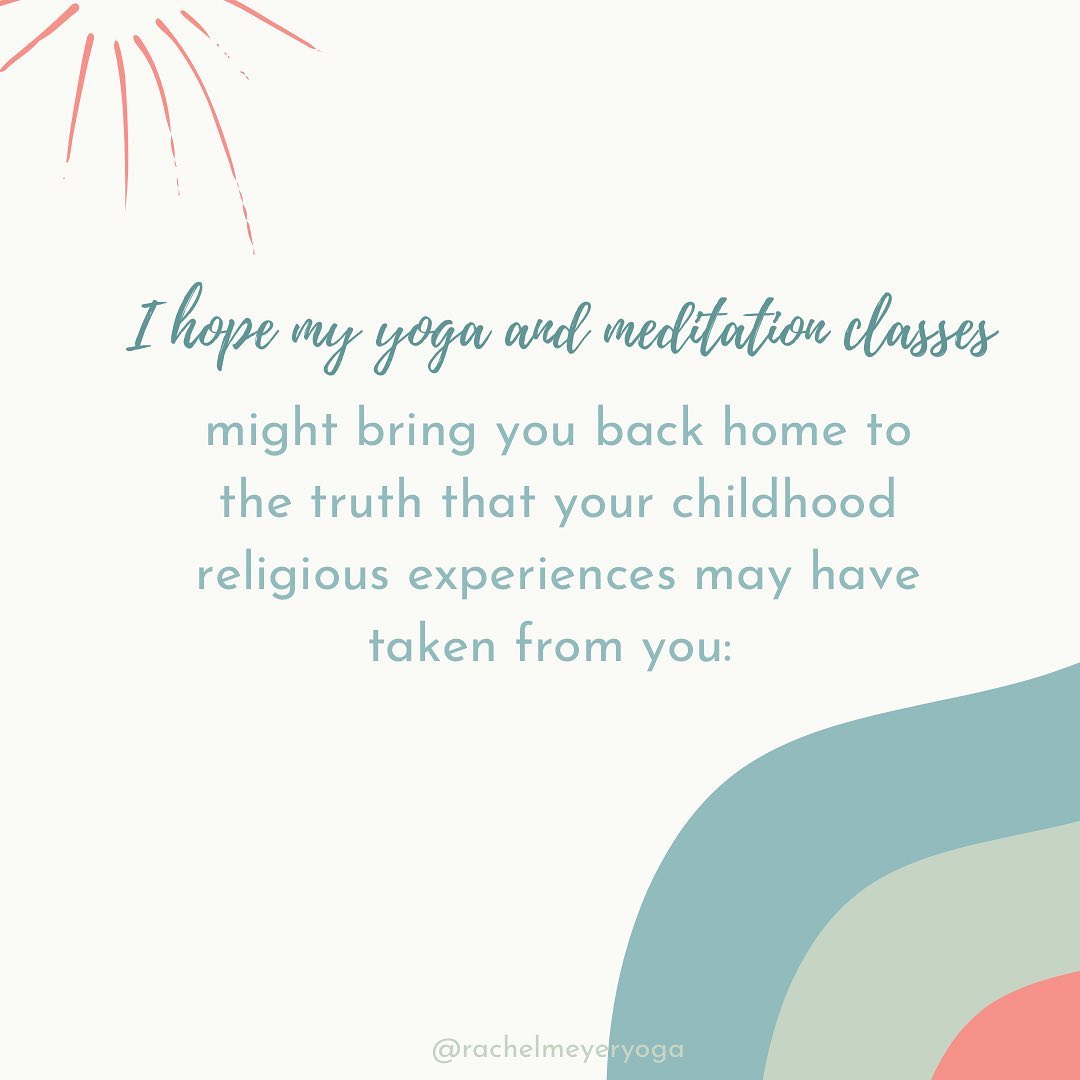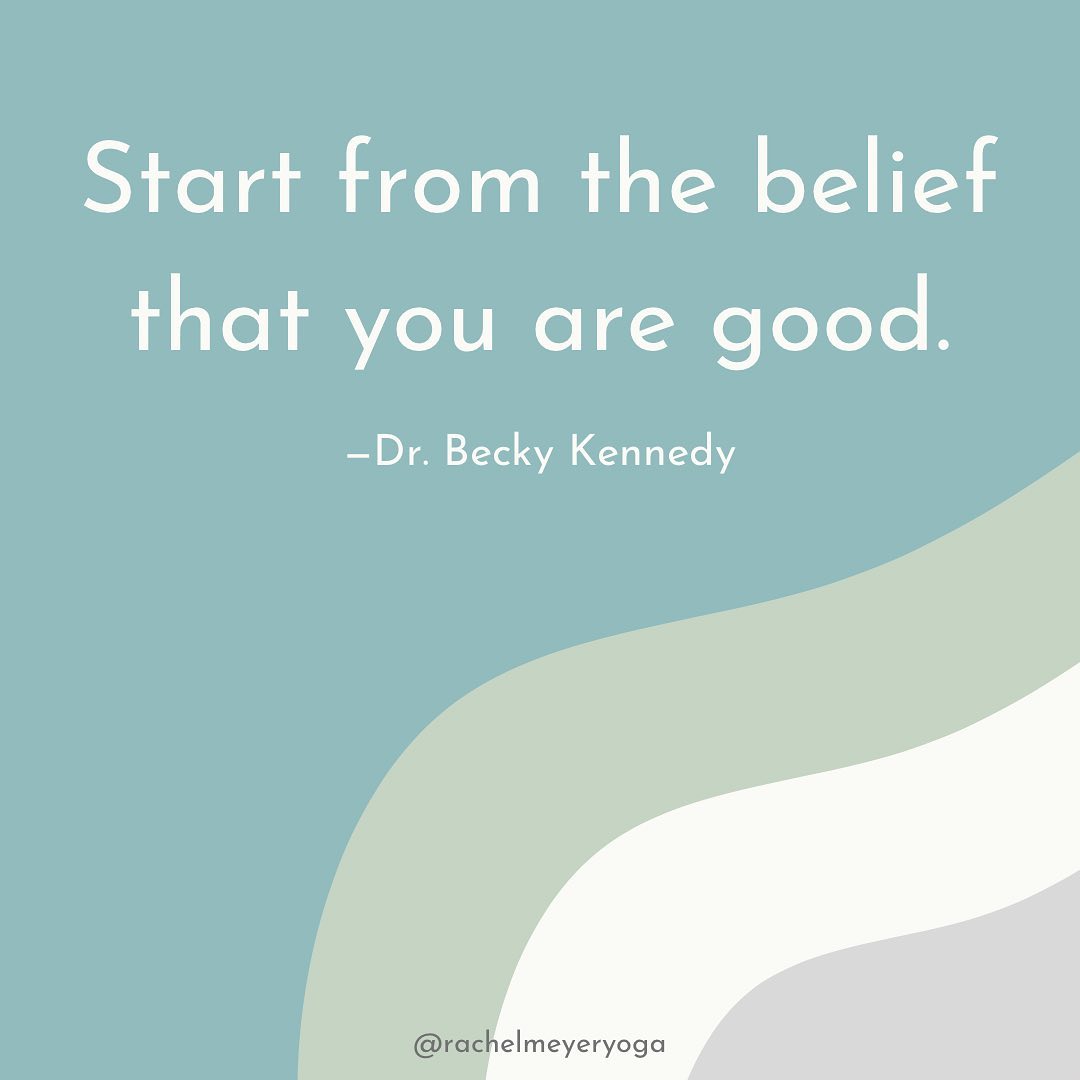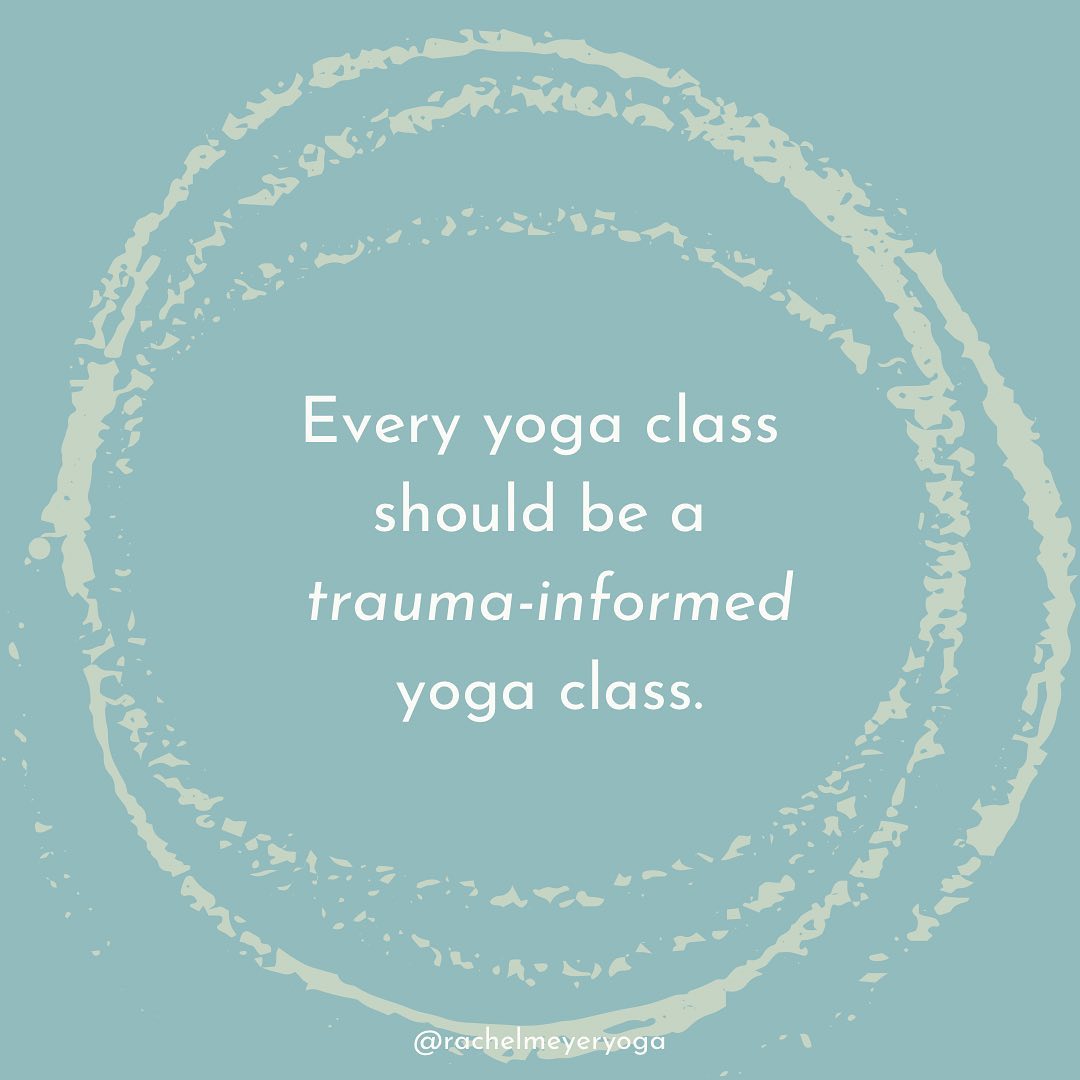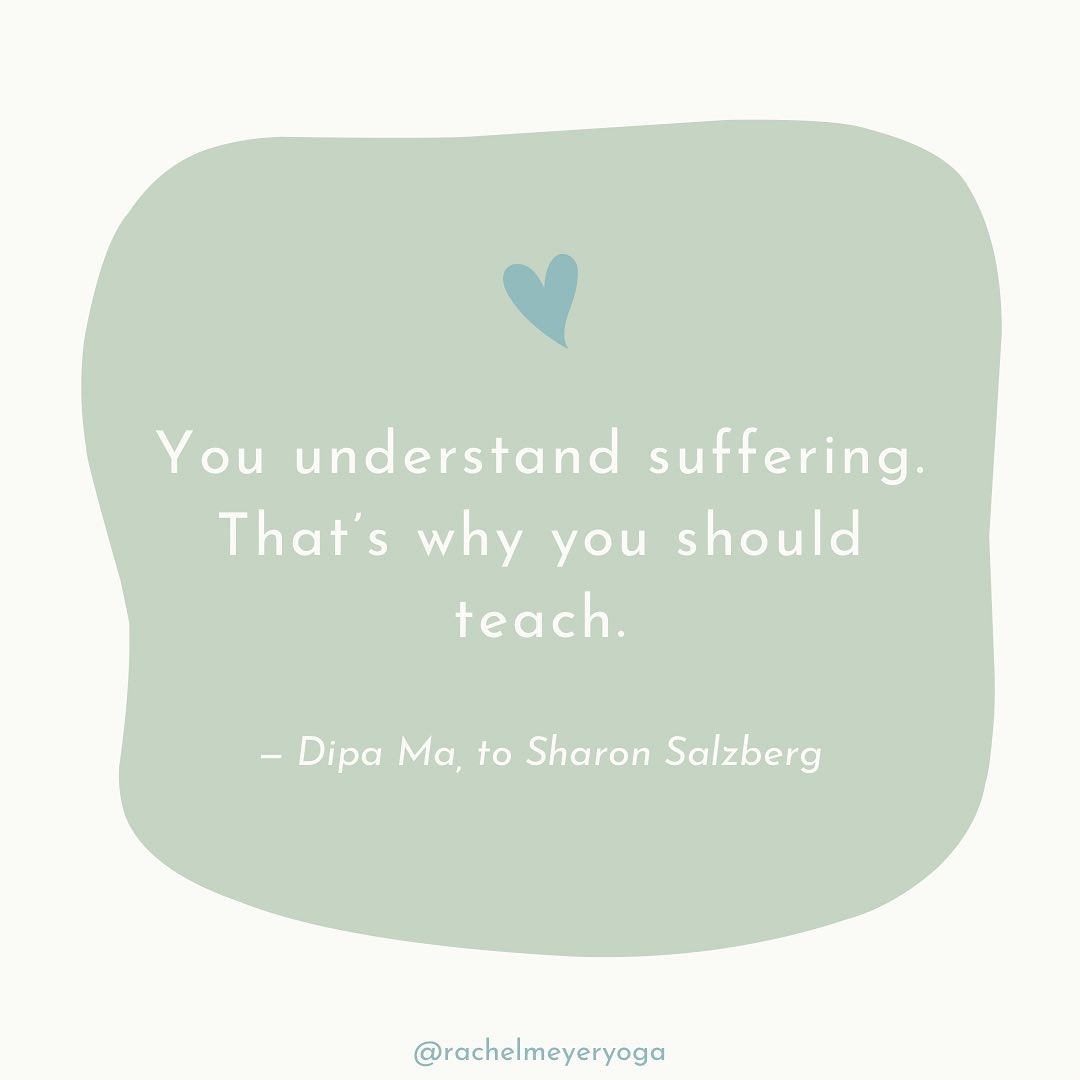This is the most bittersweet time of year to be an expat.  Jobs change, contracts end, and people pack their families up to leave as soon as the school year ends.
Jobs change, contracts end, and people pack their families up to leave as soon as the school year ends.
Over the last few years, we’ve sent dear friends off to Ghana, Dubai, Singapore, England, Spain, France, Canada, Malaysia, Sweden, and more. Our little village just keeps churning.
Right now, folks are frantically selling off their cars and sofas and lighting fixtures — getting as physically light as possible so that they can return less expensively to their home countries, or move on to the next job somewhere else.
Being an expat means that your life abroad is tied to a job — and when that job ends, so does your permission to stay. But the folks you meet along the way become your immediate family, since none of you have blood family within hundreds (or thousands) of miles.
So living in an international community, you get really good at sad goodbyes, and super quick with warm hellos, and plan your life in weeks or months instead of years, as you all constantly hover in that liminal space of wondering: when will it be our turn? Should we bother hanging art on the walls?
The truth is, though, of course: everything is temporary. Living an expat life, this reality is exacerbated every single day. You know it won’t last forever. So you try to enjoy it while you can.
In places like where I grew up — Nebraska — a lot of people are born, stay for high school and college, settle in as adults, and spend their whole lives in the same community. It can be easy to forget, there amidst the illusion of permanence and safety, that even this is all temporary, too.
I like to think that, as bittersweet as this expat churn is, the “loving and leaving” that is our regular experience is just living deeply in relationship with the Buddhist and yogic teachings of impermanence.
That all things arise, change, and fade away.
Like an ocean wave.
And when you know this, you become still.
![]()
![]()
![]()









